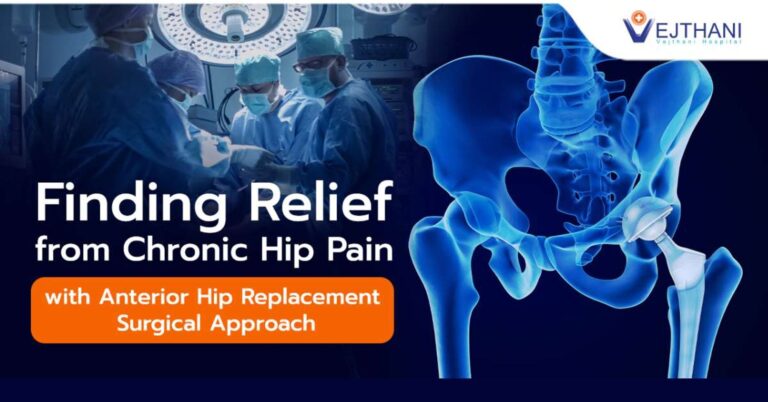You are doing your routine jogging every Saturday evening and you have noticed that you always feel sharp pain on your knee. Once you become alarmed with your condition, the next scenario will be taking over-the-counter pain reliever which lessens the pain but does not really eliminate it. You keep on suffering this for days or even weeks until such time that you finally give up taking pain medications which just causes some sores on your tummy because you sometimes take it on an empty stomach. Where is the final destination? –Total Joint Replacement Center. After several tests and examinations your orthopedic doctor then tells you that you should undergo a surgery called Unicompartmental Knee Arthroplasty.
Unicompartmental knee arthroplasty(UKA) is a surgical procedure used to treat osteoarthritis in one of the knee compartments in which the damaged parts of the knee are replaced.
Your knee is divided into three major compartments: The medial compartment (the inside part of the knee), the lateral compartment (the outside part), and the patellofemoral compartment (the front of the knee between the kneecap and thighbone). In a unicompartmental knee replacement, only the damaged compartment is replaced with metal and plastic. The healthy cartilage and bone in the rest of the knee is left alone.
Types of UKA
Minimally Invasive Approach
In the past, unicompartmental knee arthroplasty was performed through a standard approach with dislocation of the patella, as used for total knee arthroplasty. However, the minimally invasive surgery technique of unicompartmental arthroplasty has gained popularity. The smaller incision and arthrotomy of this technique causes less damage to the extensor mechanism, because the patella is not dislocated and the suprapatellar synovial pouch remains intact.
Follow-up research has demonstrated decreased morbidity, faster rehabilitation, and reduced length of hospital stay among patients who have undergone the less invasive medial unicompartmental arthroplasty. With appropriate pain control, the surgery can safely be done as an outpatient procedure, providing substantial cost savings. Patients have reported feeling less pain postoperatively than they did preoperatively. Nevertheless, surgeons utilizing the minimally invasive approach must contend with a restricted visual field, making unicompartmental knee arthroplasty a demanding surgical procedure.
Computer-assisted Surgery
Computer-assisted surgery can be combined with Minimally Invasive Surgery and improve accuracy of the postoperative alignment of medial unicompartmental knee arthroplasty over that of conventional techniques. Real-time information about the leg axis at each step of the operation should diminish the danger of overcorrection or undercorrection.
Advantages of UKA
- Quicker recovery
- Less pain after surgery
- Less blood loss
- Less soft tissue injury
Preparation Prior to UKA
Medical History
The doctor will ask you several questions about your knee pain. He or she will be specifically concerned with the location of your pain using a “lone finger test”. If your pain is located almost entirely on either the inside portion or outside portion of your knee, then you may be a good candidate for a partial knee replacement.
Physical Examination
- Closely examine your knee
- Determine the location of your pain.
- Range of motion and ligament quality of the knee
- If your knee is too stiff, or if the ligaments in your knee feel weak or torn, then your doctor will probably not recommend the procedure.
Imaging Tests
- x-rays of your knee to see the pattern of arthritis.
- Magnetic resonance imaging (MRI) scan to better evaluate the cartilage.
Before Surgery
- You will likely be admitted to the hospital on the day of surgery.
- A doctor from the anesthesia department will evaluate you. He or she will review your medical history and discuss anesthesia choices with you. Anesthesia can be either general (you are put to sleep) or spinal (you are awake but your body is numb from the waist down).
- Your surgeon will also see you before surgery and sign your knee to verify the surgical site.
Recovery Period
Because a partial knee replacement is done through a smaller, less invasive incision, hospitalization is shorter, and rehabilitation and return to normal activities is faster.
Patients usually experience less postoperative pain, less swelling, and have easier rehabilitation than patients undergoing total knee replacement. In most cases, patients go home 1 to 3 days after the operation.
You will begin weight bearing on your knee immediately after surgery. You may need a walker, cane, or crutches for the first several days or weeks until you become comfortable enough to walk without assistance.
A physical therapist will give you exercises to help maintain your range of motion and restore your strength. You will continue to see your orthopaedic surgeon for follow-up visits in his or her clinic at regular intervals.
You will most likely resume your regular activities of daily living depending on your progress.
Vejthani Total Joint Replacement Center (TJR) procedures are executed in our fully accredited facility and state of the art technology here in Vejthani Hospital. Our arthroplasty surgeons are always available and accommodating in terms of arthroplasty procedures. We are proud to commend that we have been Joint Commission International (JCI) Accredited with Certificate of Distinction CCPC Knee Replacement Program.
We offer everything for you as much as we can from your initial visit to the actual procedure up to your recovery period. Vejthani Total Joint Replacement Center (TJR) highly trained surgical team is committed to providing the personal support and medical expertise that you expect and deserve.
The surgeons and staffs at Vejthani Total Joint Replacement Center are our spectacular domain, committed exclusively to providing you with quality patient care. Our surgeons are well experienced and expert in terms of Arthroplasty procedure each with the level of proficiency and International recognition with their long-term of experience surely will make your experience a grateful one.
For more information, please contact
Hip and Knee Center, Vejthani Hospital
Call: (+66)2-734-0000 Ext. 2222
English Hotline: (+66)85-223-8888
- Readers Rating
- Rated 5 stars
5 / 5 ( Reviewers) - Spectacular
- Your Rating



























